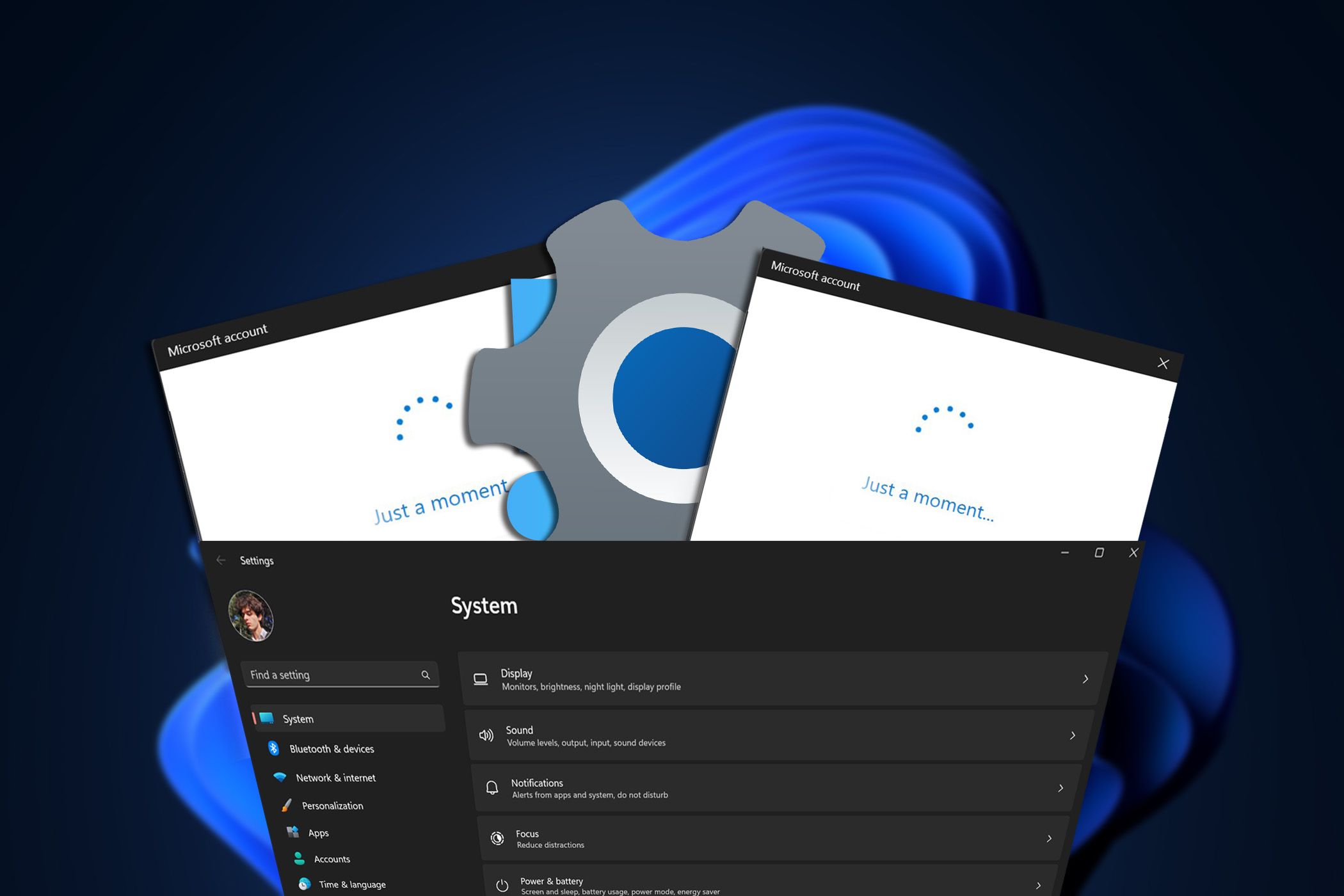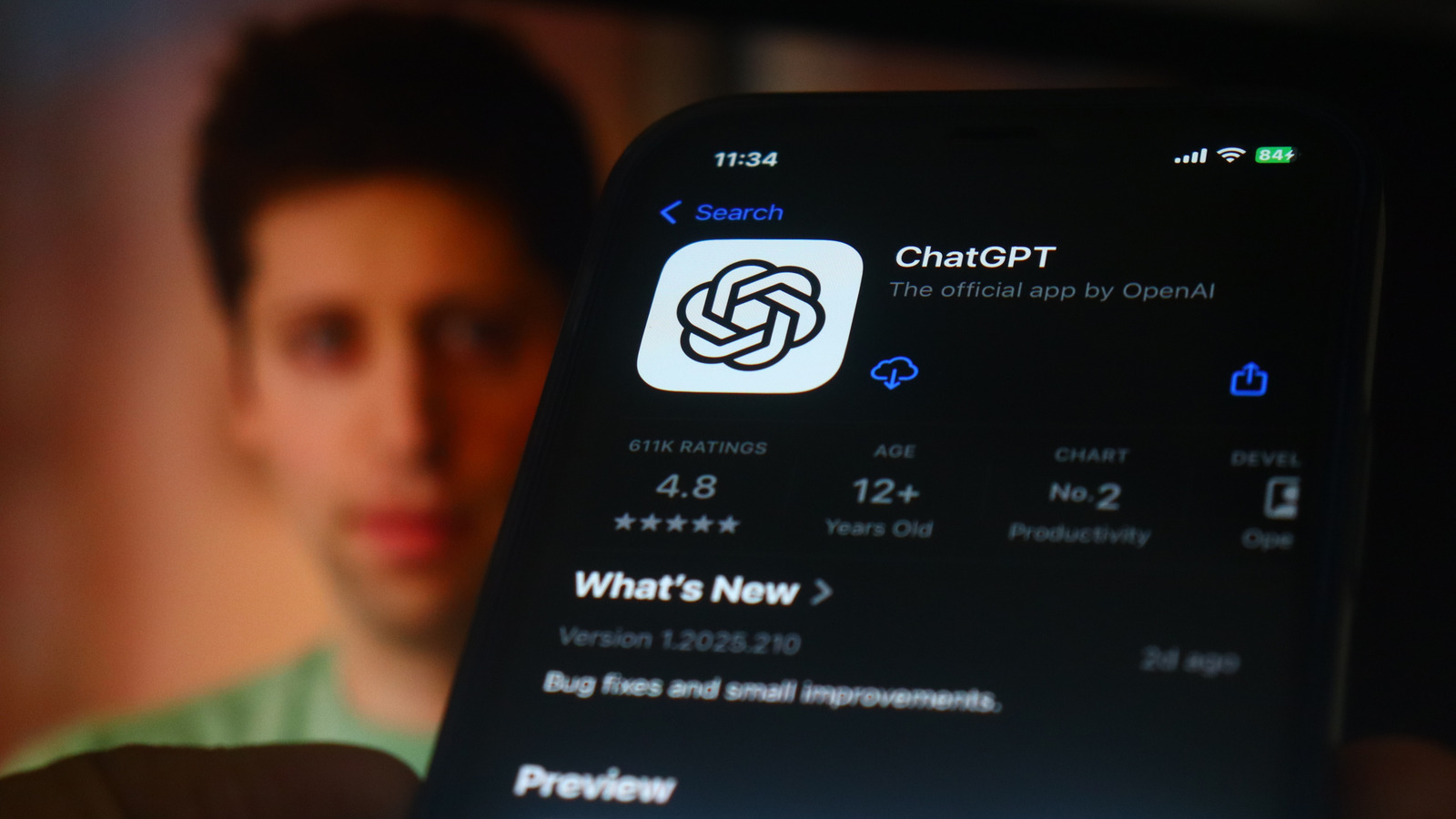Google’s Pixel smartphone family has levelled up in a big way for 2025, though you might not know it to look at them. The Pixel 10, Pixel 10 Pro and Pixel 10 Pro XL all stick pretty closely to their predecessors on the outside – but underneath they’re each rocking a new Pixelsnap charging system. That’s right: Qi2 magnetic wireless charging has finally made its way to Android in a big way.
All credit to HMD for getting there first with the user-repairable Skyline, but with Google on board you can bet it won’t be long before the rest of the phone world follows suit. The new Pixels also introduce new Gemini AI features to Android 16, bring brighter screens, and use a new generation of Tensor silicon.
The trio were announced alongside the Pixel 10 Pro Fold, Pixel Buds 2a wireless earbuds, and Pixel Watch 4 smartwatch, but will arrive a lot sooner. Next week, to be exact: you’ll be able to buy one on August 28. Here’s what’s new:
Pixel 10
The more mainstream Pixel has edged closer to the Pro than ever on the photography front, gaining a dedicated 10.8MP telephoto camera that’s good for 5x optical zoom – or 20x using Google’s Super Res upscaling tech. That’s on top of a 48MP lead lens and 13MP ultrawide, which should give the iPhone 16 and Samsung Galaxy S25 a run for their money. The 10.5MP selfie camera up front can handle face unlock, while an in-display scanner covers fingerprint security.
Design-wise Google has stuck closely to the outgoing phone, with a ‘satin metal’ aluminium frame surrounding a 6.3in display. It has IP68 dust and water resistance. You’ll be able to snag one in Frost, Lemongrass, Obsidian or Indigo colours, with the latter paying homage to the original Pixel’s “Really Blue” hue.
The Actua OLED screen has a 2424×1080 resolution, 60-120Hz variable refresh rate, and protection courtesy of Corning Gorilla Glass Victus 2. Google reckons it’ll shine at up to 3000 nits peak brightness, which is a pretty big leap from the last-gen phone.
On the inside, power comes from the new Tensor G5 chipset, designed by Google and built by TSMC on a power-efficient 3nm process. It’s paired with 12GB of RAM, and either 128GB or 256GB of on-board storage. A 4970mAh battery is more than you got from the Pixel 9, but Google is quoting its usual “30+ hour” lifespan per charge. It’ll manage 30W top-ups over USB-C, while the Qi2-certified Pixelsnap charging tops out at 15W.
The Google Pixel 10 will cost $799/£799 at launch for the 128GB model, which is the same as the outgoing Pixel 9.
Pixel 10 Pro

With a polished aluminium frame and distinctive pill-shaped camera bar, the Pixel 10 Pro also looks quite familiar. Jade and Moonstone colours mark it out from the last-gen Pro, though Obsidian and Porcelain do make a return.
The 6.3in Super Actua screen has evolved to be even brighter than before, now cranking out up to 3300 nits peak, while the LTPO OLED panel promises 1-120Hz smooth motion and impeccable contrast. It’s protected by Victus 2 glass.
Underneath, Pro Pixels get a more generous 16GB of RAM to go with their Tensor G5 chipset, and four storage capacity options: 128GB, 256GB, 512GB and 1TB. There’s a 4870mAh battery keeping it all juiced (which is slightly less than you get in the regular Pixel 10, for some reason), but lifespan is apparently still “30+ hours”. Charging speeds are the same, whether or with a Pixelsnap Qi2 magnetic wireless charger.
It no longer has an extra lens to claim superiority over the regular Pixel 10, but the Pro still stands out with three high pixel count sensors. There’s a 50MP lead lens with f/1.68 aperture, a 48MP ultrawide with autofocus to double as a macro shooter, and a 48MP telephoto with optical image stabilisation. It’ll manage 5x optical zoom snaps, and gets Google’s new AI-assisted Pro Res zoom to pull off 100x magnification – although there are apparently safeguards in place that’ll stop it working on photos of people. The oddball temperature sensor sits alongside it, making a return from last year. The Pixel 10 Pro has also stepped up its selfie game, with a 42MP front-facer that has autofocus and an ultrawide 103° field of view.
The Pixel 10 Pro kicks off from $999/£999 for the 128GB model.
Pixel 10 Pro XL


The Pixel 10 Pro XL is the bruiser of the bunch, arriving with a palm-stretching 6.8in screen and making room inside for a 5200mAh battery. It also promises to refuel faster than its baby brothers, reaching 45W on a compatible USB-C charger and a Qi2.2-certified 25W over Pixelsnap wireless charging. Expect the same “30+” hours of use as usual.
There’s no 128GB model here, with 256GB being the entry-level. 512GB and 1TB capacities are there if you need extra storage.
In terms of other hardware there’s nothing to separate the Pro and Pro XL, meaning you’re getting a Tensor G5 chipset and 16GB of RAM. The 50MP main, 48MP ultrawide and 48MP telephoto are identical, too – as is the 42MP selfie camera up front. It’s available in the same Moonstone, Jade, Porcelain and Obsidian colours.
Prices are set to start at $1199/£1199.
Android 16
Though they won’t be the first phones out of the blocks running Android 16 (that’d be the Samsung Galaxy Z Fold 7 and Z Flip 7), the new Pixel line-up are bringing a bunch of new features with them. Magic Cue now contextually puts Gemini-powered prompts onscreen, pulling from your notes, emails, contacts and recent web searches; that could mean addresses appear in front of you when inviting a friend to a gig over Messages, or presenting your flight details when calling your airline.
The camera app has gained a new Auto Best Take feature, which recognises group shots automatically and offers to replace faces if anyone was looking the wrong way. There’s also a Camera Coach, which analyses the scene you’re attempting to snap and suggests more creative angles or lighting.
All three phones are due seven years of new Android generations, and seven years of security updates.











